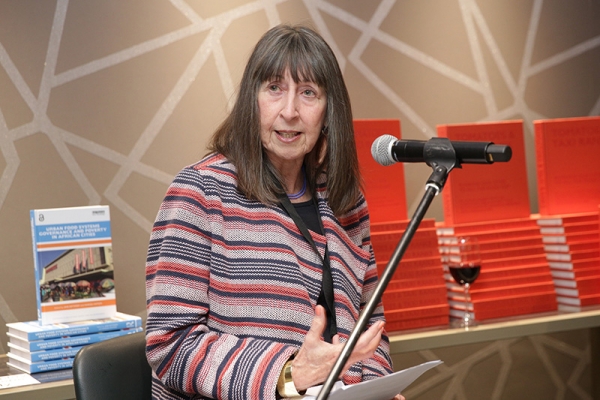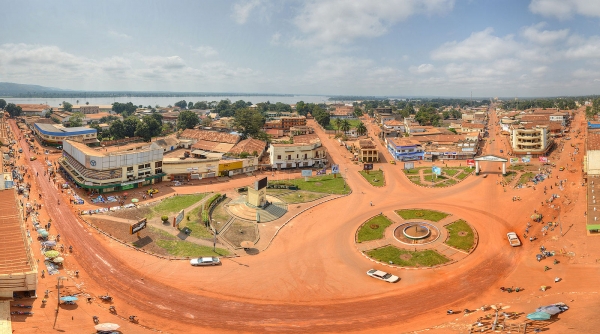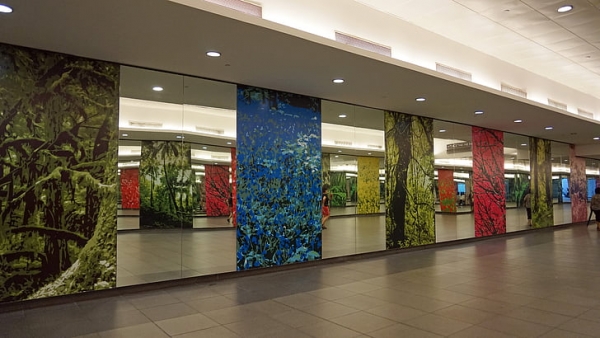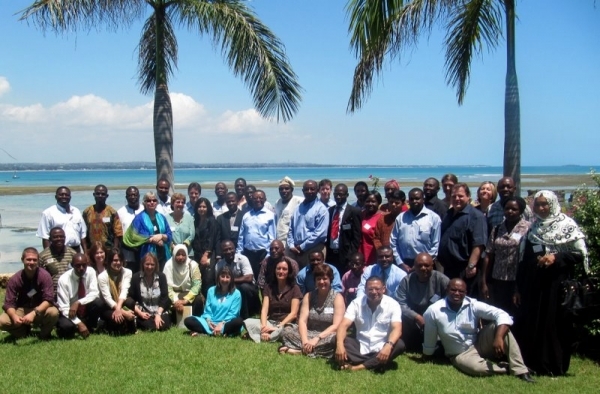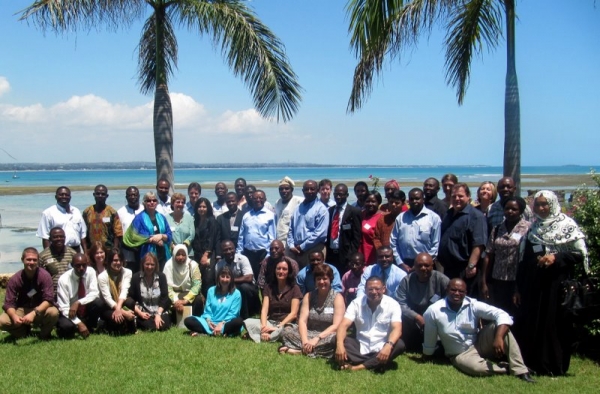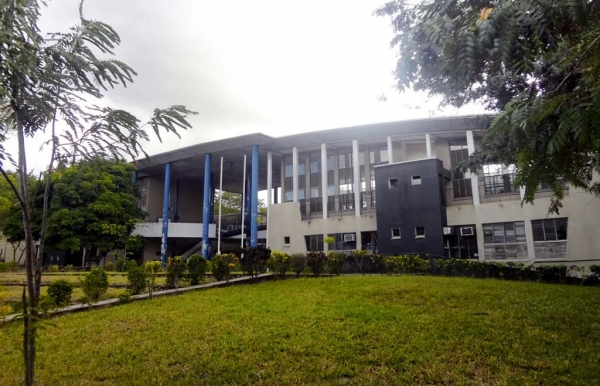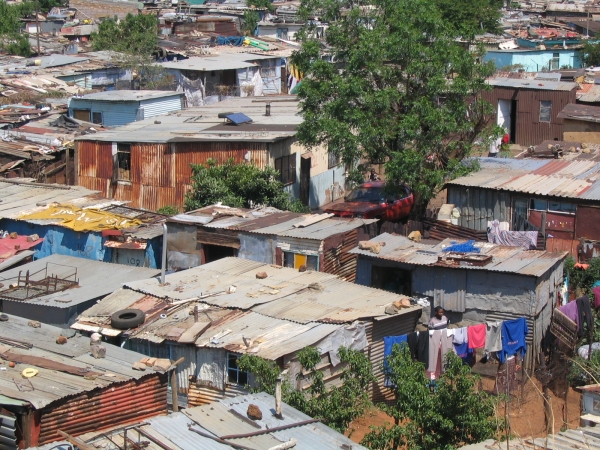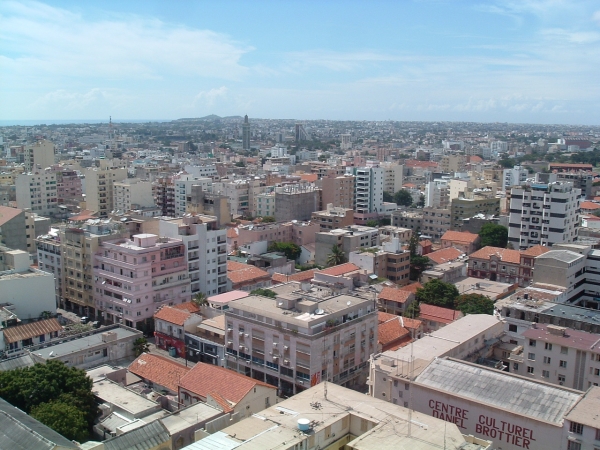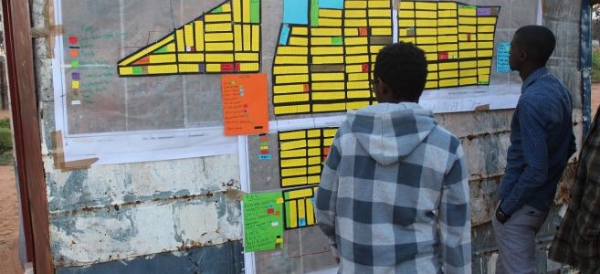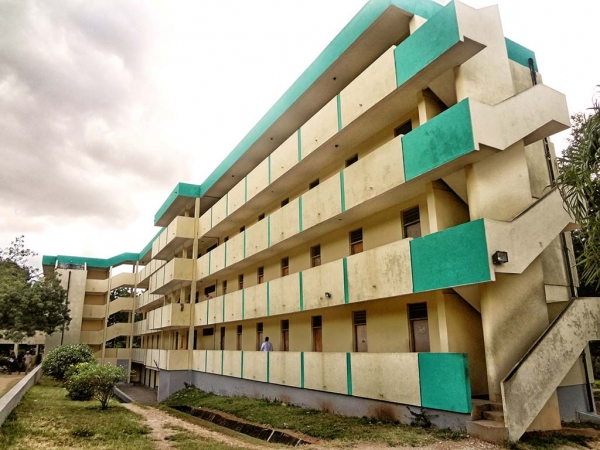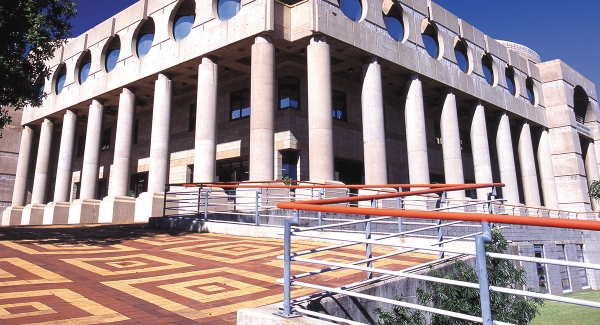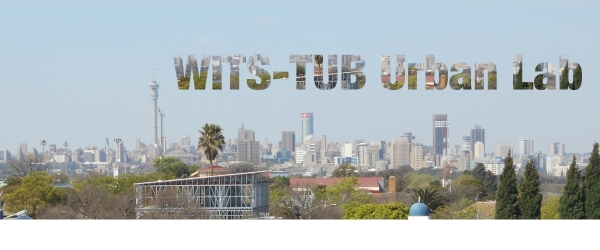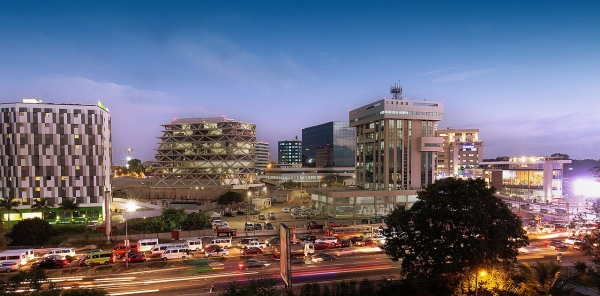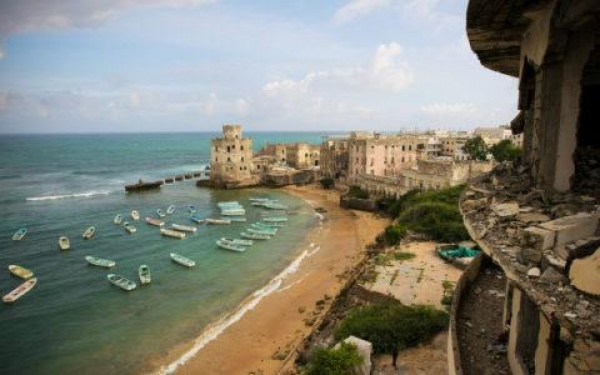The Global Land Tools Network (GLTN) has announced the launch of a new publication entitled Remaking the urban mosaic: Participatory and inclusive land readjustment, published by UN-Habitat and GLTN in collaboration with the Institute of Rural Reconstruction (IIRR).
Participatory and inclusive land readjustment (PILaR) is a way of reorganizing the ownership of land in and around cities in a pro-poor way. It brings together land parcels belonging to different owners and treats them as a single unit for planning and infrastructure provision.
The municipality reserves a portion of the land for roads and other public infrastructure, and returns the rest to the original owners. Each owner gets back a smaller parcel, but it is worth more because it now has road access and other services and benefits. PILaR involves all the stakeholders – landowners, the municipality and residents – in planning and managing this process. The PILaR process is participatory in its process, inclusive in its outcome. Everyone has a say and everyone benefits.
This book describes how to implement PILaR. It guides the reader through the various aspects of this complex process: governance, land management policies, planning and design, collecting and analyzing data, engaging with stakeholders, legal issues, finance and communication. It will be of interest to urban managers, land professionals, landowners, representatives of residents and other stakeholders who are considering or are involved in land readjustment projects.
It builds on experiences in countries that have applied conventional land readjustment in a participatory and inclusive way. The best elements of these experiences have been used as building blocks of what a full-blown PILaR approach might look like.
Remaking the urban mosaic was written with the help of numerous UN-Habitat and GLTN partners, both individual and organisational, whose contributions are gratefully acknowledged in the book. Thanks are, in particular, also due to the city of Medellin, Colombia, and the community of La Candelaria, who played a central role in making the PILaR methodology a reality.
The publication can be downloaded from the GLTN website, Issuu.com and Scribd.com.


